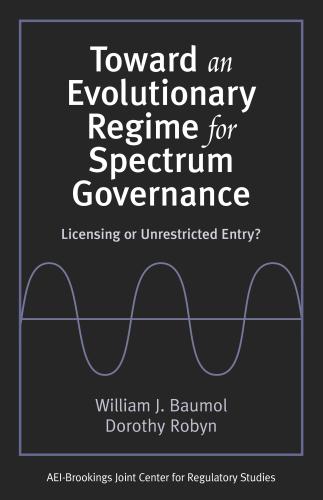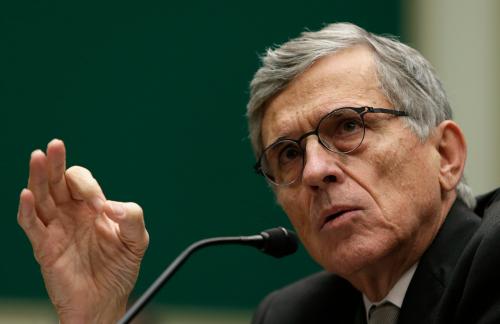Post-election, there is much speculation regarding what a new Federal Communications Commission (FCC) with a Republican majority might do under a chairman yet to be appointed by President Trump. Yet the agency still has some important unfinished business that is moving ahead at a brisk pace. This week, the FCC began stage three of its forward spectrum auction, immediately following the close of the second round. There, broadcasters asked for $40 billion to vacate a portion of the electromagnetic spectrum and make it available for mobile wireless services. Since the FCC-managed auction began earlier this year, the price tag has been reduced from an original ask of $86 million. As the price dropped, the FCC began to narrow the range of potential spectrum that it would auction in order to maintain some equilibrium between supply (by broadcasters) and demand (by wireless providers). The current round for bidding encompasses 108 megahertz (MHz) of spectrum instead of the original 126Mhz that was originally offered at the higher price tag.
So far, the wireless operators seem to be holding firm in refusing to meet the minimum price that broadcasters have set for selling this currently-used spectrum. They have indicated a willingness to pay $22 billion for the spectrum, or roughly half of the broadcasters’ target. It is highly unlikely that they now will increase their bids for even less spectrum than was offered in earlier bidding rounds.
If this wide a gap remains, it is possible that broadcasters will abandon their spectrum divestment strategy in favor of deploying spectrum in new applications such as interactive next-generation transmission standards to reach mobile devices or delivering data to wireless cars.
Aside from facilitating this multi-stage auction process, the FCC has a vested interest in raising auction proceeds that can be directed to the US Treasury for deficit reduction. This goal has bipartisan political appeal, but the Commission has the option of canceling the auction if it believes that the amounts to be gained fall below initial estimates. And if all goes ahead as planned, the Commission will have the complex engineering task of repacking spectrum to ensure that existing broadcast operations remain uninterrupted in narrower transmission pathways.
It’s possible that the issue might be resolved before January 20, but given the dollar amounts at stake and the participation of multiple bidders, there is an equal or greater chance that the process will not be resolved until the new FCC is in place. Unlike a number of stark differences with the Obama administration’s telecommunications policy, such as the ongoing fate of the Commission’s Open Internet rules (aka net neutrality), the spectrum auction seems fully consistent with the Trump approach of less regulation and more market-oriented mechanisms.
But in this case, the market has not yet set a price on which buyers and sellers can agree. Perhaps the advice of the president-elect should be considered by the parties to see if there is a basis for making the spectrum reallocation auction process work not just in theory, but in practice. As Donald Trump advised in his 1987 best-selling book, The Art of the Deal, “My style of deal-making is quite simple and straightforward. I aim very high, and then I keep pushing and pushing to get what I’m after. Sometimes I settle for less than I sought, but in most cases I still wind up with what I want.”
The Brookings Institution is committed to quality, independence, and impact.
We are supported by a diverse array of funders. In line with our values and policies, each Brookings publication represents the sole views of its author(s).











Commentary
Can the FCC’s spectrum auction conclude successfully?
December 8, 2016